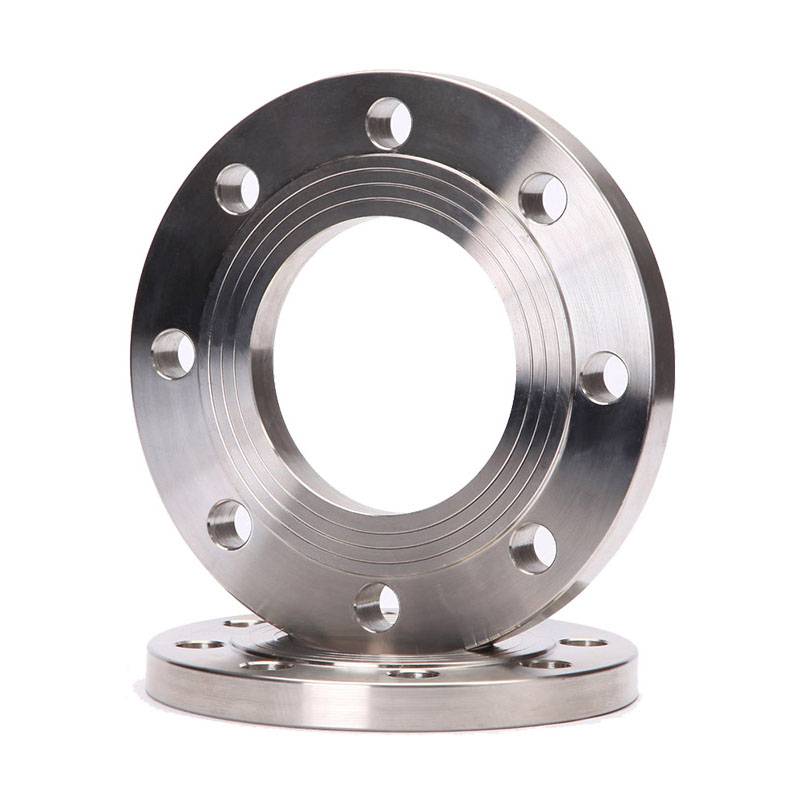-
Cangzhou Yulong Steel Co., Ltd.
-
Phone:
+86 13303177267 -
Email:
admin@ylsteelfittings.com
- English
- Arabic
- Italian
- Spanish
- Portuguese
- German
- kazakh
- Persian
- Greek
- French
- Russian
- Polish
- Thai
- Indonesian
- Vietnamese
- Zulu
- Korean
- Uzbek
- Hindi
- Serbian
- Malay
- Ukrainian
- Gujarati
- Haitian Creole
- hausa
- hawaiian
- Hebrew
- Miao
- Hungarian
- Icelandic
- igbo
- irish
- Japanese
- Javanese
- Kannada
- Khmer
- Rwandese
- Afrikaans
- Albanian
- Amharic
- Armenian
- Azerbaijani
- Basque
- Belarusian
- Bengali
- Bosnian
- Bulgarian
- Catalan
- Cebuano
- China
- China (Taiwan)
- Corsican
- Croatian
- Czech
- Danish
- Esperanto
- Estonian
- Finnish
- Frisian
- Galician
- Georgian
- Kurdish
- Kyrgyz
- Lao
- Latin
- Latvian
- Lithuanian
- Luxembourgish
- Macedonian
- Malgashi
- Malayalam
- Maltese
- Maori
- Marathi
- Mongolian
- Myanmar
- Nepali
- Norwegian
- Norwegian
- Occitan
- Pashto
- Dutch
- Punjabi
- Romanian
- Samoan
- Scottish Gaelic
- Sesotho
- Shona
- Sindhi
- Sinhala
- Slovak
- Slovenian
- Somali
- Sundanese
- Swahili
- Swedish
- Tagalog
- Tajik
- Tamil
- Tatar
- Telugu
- Turkish
- Turkmen
- Urdu
- Uighur
- Welsh
- Bantu
- Yiddish
- Yoruba

Dec . 20, 2024 17:52 Back to list
buttwelded
Understanding Butt-Welded Joints Strength and Versatility in Metal Fabrication
Butt welding is a technique widely used in the metal fabrication industry, providing a robust and efficient method for joining two pieces of metal. This process is essential in various applications, from construction to manufacturing, due to its capacity to create strong, continuous joints. Understanding the principles, techniques, and applications of butt-welded joints can provide valuable insights into why they are a preferred choice for engineers and fabricators.
What is Butt Welding?
Butt welding involves the joining of two metal pieces edge-to-edge, aligning them in a manner that allows for a seamless fusion. This technique can create a continuous weld without the need for additional filler materials, which distinguishes it from other welding methods. The process typically involves cleaning both surfaces to remove impurities, aligning them accurately, and applying heat and pressure to achieve the weld. The resulting joint is often as strong as or stronger than the base materials, making it ideal for structural applications.
Types of Butt Welding
There are several variations of butt welding, each suited to specific applications. The most common types include
1. Arc Welding This method uses an electric arc to generate the heat required for welding. It's popular in construction and manufacturing due to its flexibility and capability to weld thick materials.
2. Resistance Welding In this method, heat is generated through the resistance of the materials to electric current. It's typically used for thinner sections and in mass production environments.
3. Laser Welding Utilizing a high-intensity laser beam, this technique provides precise control and minimizes heat-affected zones. It's often employed in the automotive and aerospace industries for its speed and accuracy.
4. Friction Welding This innovative method generates heat through friction between the two pieces being joined. It's particularly useful for dissimilar metals and provides a clean, strong joint.
Advantages of Butt Welding
Butt welding offers several advantages that contribute to its widespread use
buttwelded

- Strength and Durability The joint created through butt welding is generally stronger than the materials being joined. This durability is crucial in applications where structural integrity is paramount.
- Efficiency Since butt welding often does not require filler materials, the process can be quicker and less costly, making it a preferred choice for many manufacturing processes.
- Versatility This method can be used on various metals, including steel, aluminum, and titanium, making it suitable for diverse applications across different industries.
- Minimal Distortion Compared to other welding methods, butt welding typically results in minimal distortion of the welded materials, which is essential for maintaining precise dimensions in assembled parts.
Applications of Butt-Welded Joints
Butt-welded joints can be found in a multitude of industries
- Construction In structural applications such as beams and columns, butt welding provides the necessary strength for buildings and bridges.
- Automotive The automotive industry utilizes butt welding for assembling body frames, exhaust systems, and fuel tanks, where strength and reliability are critical.
- Aerospace The aerospace sector relies on laser butt welding for assembling components of aircraft due to its precision and minimal material stress.
- Oil and Gas Butt welding is essential in the pipeline industry, where strong, leak-proof joints are necessary to transport substances safely.
Conclusion
Butt welding is a fundamental technique in metal fabrication, offering a range of advantages that enhance the strength, efficiency, and versatility of welded joints. Its applications span various industries, making it an indispensable method for engineers and fabricators alike. Understanding the principles and benefits of butt-welded joints can equip professionals with the knowledge to make informed decisions in their manufacturing processes, ultimately leading to enhanced productivity and reliability in their projects.
Latest news
-
ANSI 150P SS304 SO FLANGE
NewsFeb.14,2025
-
ASTM A333GR6 STEEL PIPE
NewsJan.20,2025
-
ANSI B16.5 WELDING NECK FLANGE
NewsJan.15,2026
-
ANSI B16.5 SLIP-ON FLANGE
NewsApr.19,2024
-
SABS 1123 FLANGE
NewsJan.15,2025
-
DIN86044 PLATE FLANGE
NewsApr.19,2024
-
DIN2527 BLIND FLANGE
NewsApr.12,2024
-
JIS B2311 Butt-Welding Fittings LR/SR 45°/90° /180°Seamless/Weld
NewsApr.23,2024











